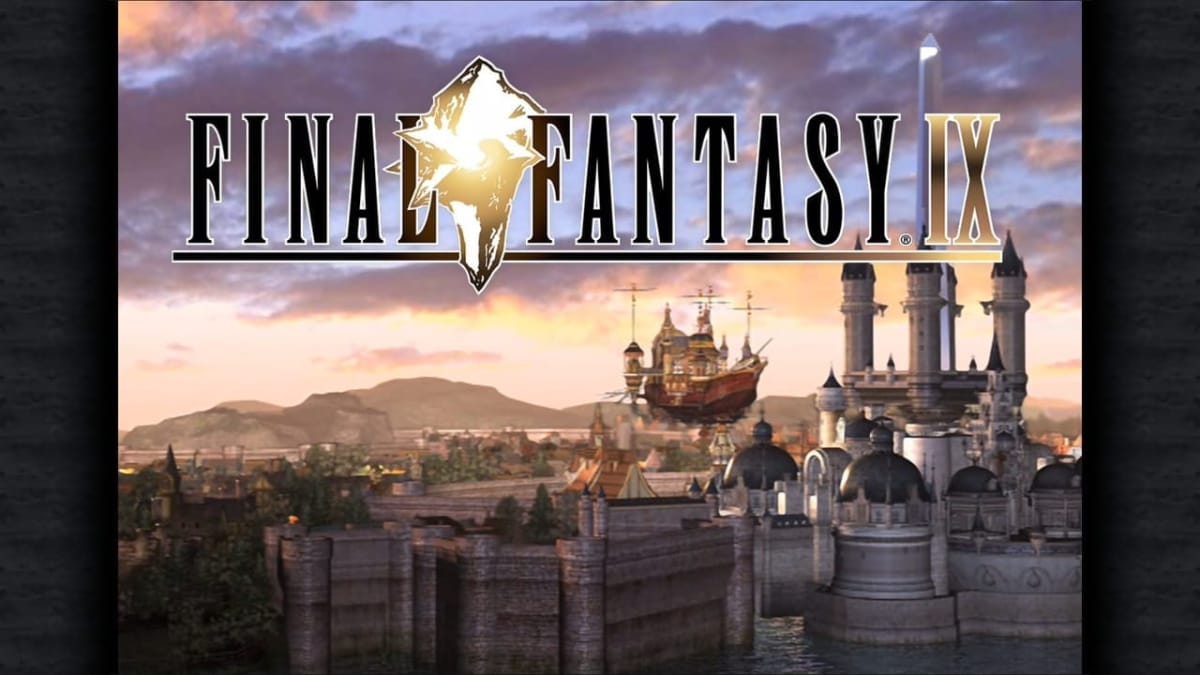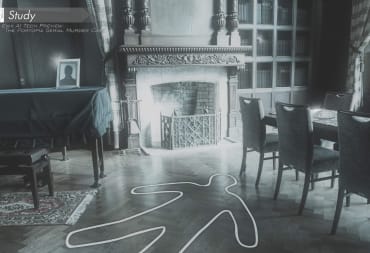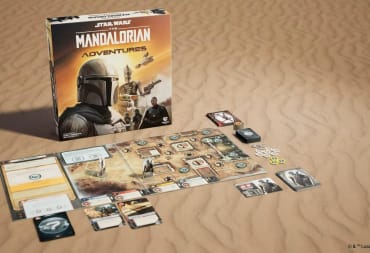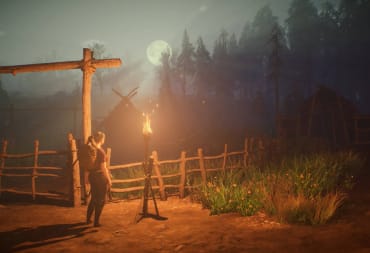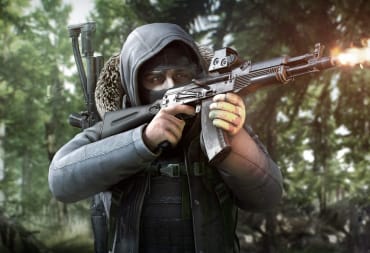This is the end of an era. So far, we’ve seen a trio of Final Fantasy titles for the 8-bit era and another for the 16-bit days. Today, Final Fantasy IX marks the end of the PS1 days for the franchise. However, in many ways this is a nice bookend to the “classic era” of the series. Hitting stores in 2000, Final Fantasy IX served as one last hurrah for the series on Sony’s first console before it’d make the jump into the future with the next entry.
I say this is a nice bookend for the classic pre-21st century era because we end as we began. Final Fantasy had been steadily moving more toward science fiction more than traditional fantasy for some time by this point. Sure, even the first game had sci-fi elements like the Flying Fortress. However, by and large it was a traditional fantasy setting. Come Final Fantasy VI, the shift toward steampunk had started, and with VII it was full-on sci-fi. VIII went even further, taking our protagonist to outer space at one point! Thus, the team at Square wished to pull back to a more traditional setting for Final Fantasy IX.
In fact, this title originally wasn’t Final Fantasy IX at all. In an interview with IGN, staff at Squaresoft said they began work on the title before Final Fantasy VIII even released. It was meant to be a side story at first, but after a while the project got big enough that they chose to rebrand it as the ninth main entry in the series.
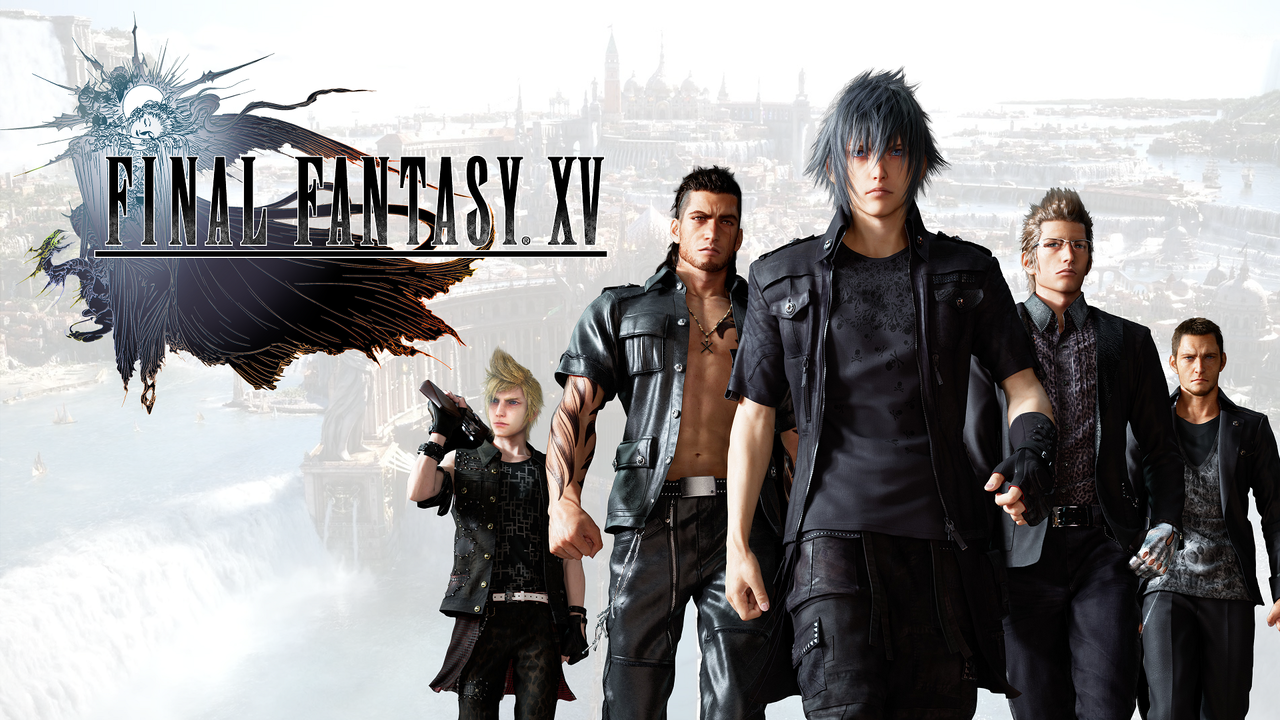
Thus, the swan song of the PS1 titles released. This is actually the first game in this series of retrospectives that I hadn’t beaten before. I don’t recall exactly how far I got originally, but I know it wasn’t far in the game. That means that this time, the experience was completely new to me for a vast majority of the time! So, with no previous thoughts to go on, how does Final Fantasy IX stack up in 2017?
This is part of a continuous series. Be sure to check out other entries in the Year of Final Fantasy!
Final Fantasy IX - July 7, 2000 (Playstation, iOS, Android, PC)
Version used for review: Steam port, 2016
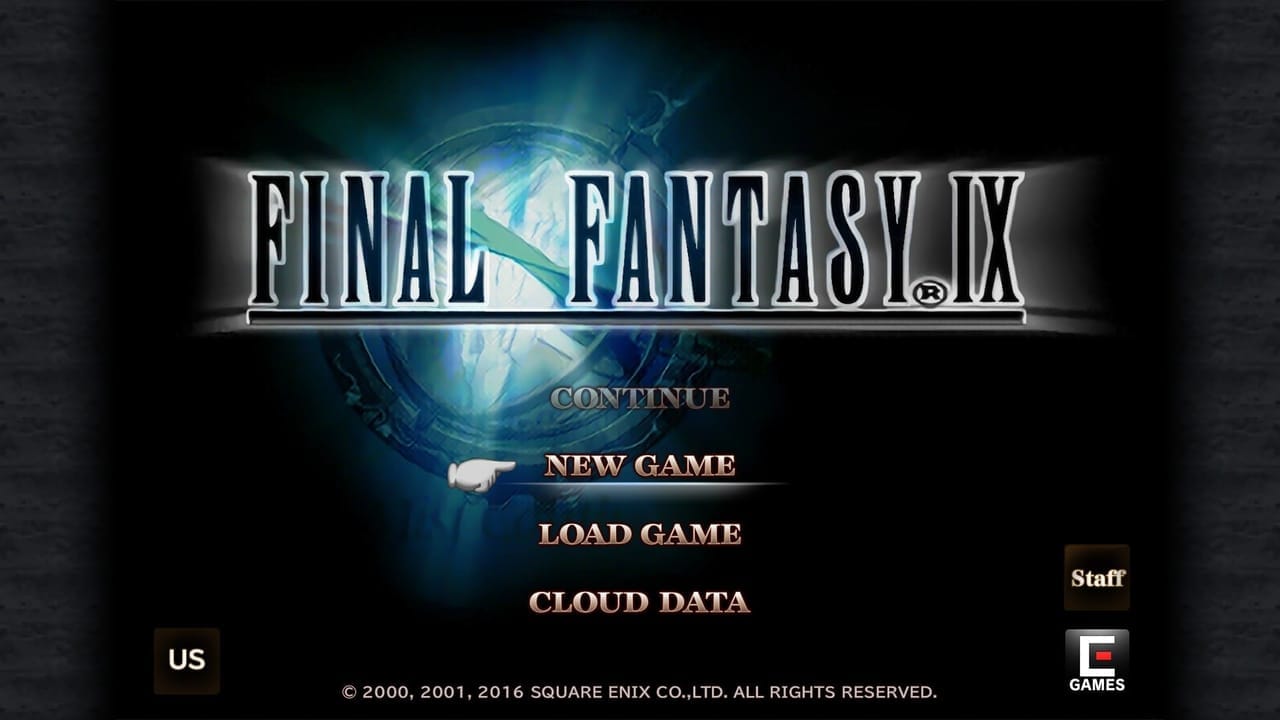
Story
“Dagger, this is war. A lot of people are gonna die.”
As I said before, Final Fantasy IX takes us back to the medieval times of the series. This time, we start in the kingdom of Alexandria. A theater troupe is in town, ready to put on a play for the kingdom. However, as it turns out, the group is a band of thieves named Tantalus, headed by a man named Baku. Our main protagonist, the man with a monkey tail Zidane Tribal, is also part of Tantalus, and tonight they’re planning on kidnapping Princess Garnet Til Alexandros XVII during the play.
Guarding her is her loyal knight, Adelbert Steiner. In the crowd, a young black mage named Vivi awaits the play with awe. With the stage set, the play begins and the crew attempts to impress Queen Brahne. Of course, things go off without a hitch and the opportunity arises to kidnap the princess. However, as it turns out, she’s begging them to steal her away from the kingdom!
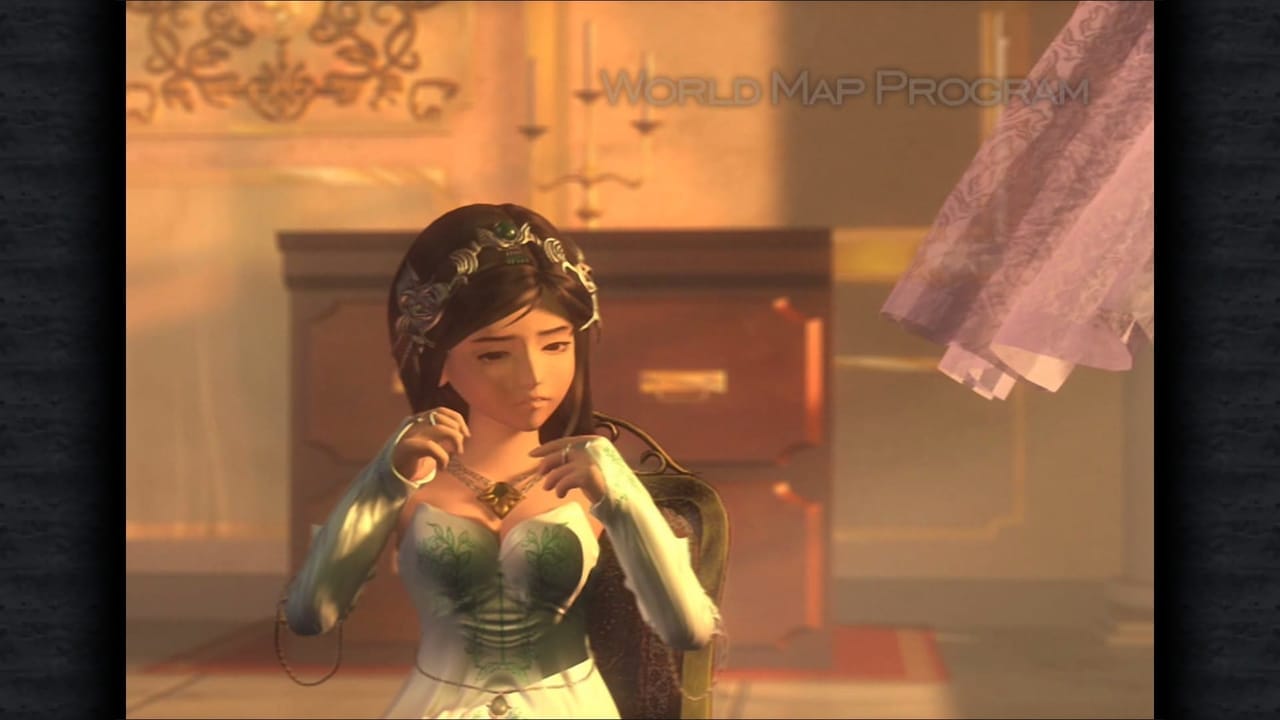
They try to escape, Queen Brahne shoots down the airship they showed up on, and they find themselves trapped in the Evil Forest. From there, the mission is to reach neighboring kingdom Lindblum, the home base of Tantalus. During their trip, the black mage Vivi finds a strange contraption underground in a strange little village. It seems to take giant eggs, put them through a Mist machine (Mist is what covers the continent and creates monsters), and out pop … large black mages from the other side. This clearly traumatizes the young boy, but they later escape without many answers.
Upon arrival in Lindblum, the regent Cid Fabool explains that he knows Queen Brahne has been acting strangely lately so he hired Tantalus to get Garnet out of there before something bad happened to her.
Meanwhile, Zidane runs into Freya Crescent, an old Burmecian dragoon friend, in a bar in Lindblum. Afterwards, he visits the castle at Lindblum only to find a Burmecian soldier rushing up to the regent. The dying man explains that Queen Brahne has invaded and decimated their kingdom of Burmecia before he collapses. Clearly, it’s time for action!
However, first I stopped by Qu’s Marsh and picked up party member Quina Quen. A genderless member of the Qu race, the blue mage decides to accompany us because they want to experience food around the world.
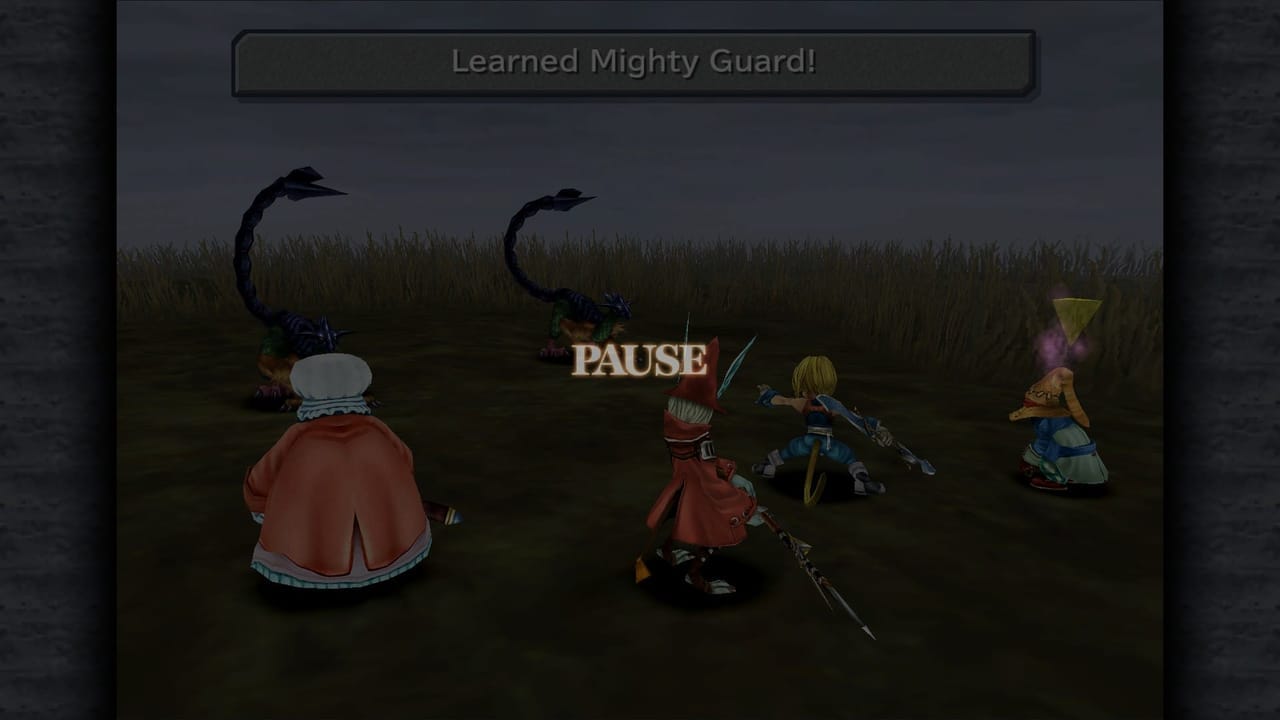
The party hoofs it to Burmecia and finds the perpetually rainy city in complete ruins. A ghost town. They find Queen Brahne, who is consorting with an extremely oddly-dressed man named Kuja. When Zidane and friends confront the group, Queen Brahne’s knight Beatrix steps up to the party and basically knocks the snot out of them.
From here, it’s a race to stop Queen Brahne’s foul plot against her own daughter. Eventually Garnet is kidnapped and the true purpose of Brahne’s plan comes to light. This is when things start to get really interesting.
Spoilers for Final Fantasy IX below! Skip to the next bolded text if you wish to avoid spoilers!
As it turns out, Brahne is trying to extract the eidolons from her daughter for her own use. Eidolons are the summons of this game, and very few people can use them. So Brahne’s plan is to essentially draw them out from Garnet’s body into her own, and she succeeds. With her newfound terrible powers, Brahne lays waste to the nearby Cleyra, a giant tree that’s home to many citizens. Completely destroying it, she cackles as the tree is exploded to rubble by the eidolon Odin.
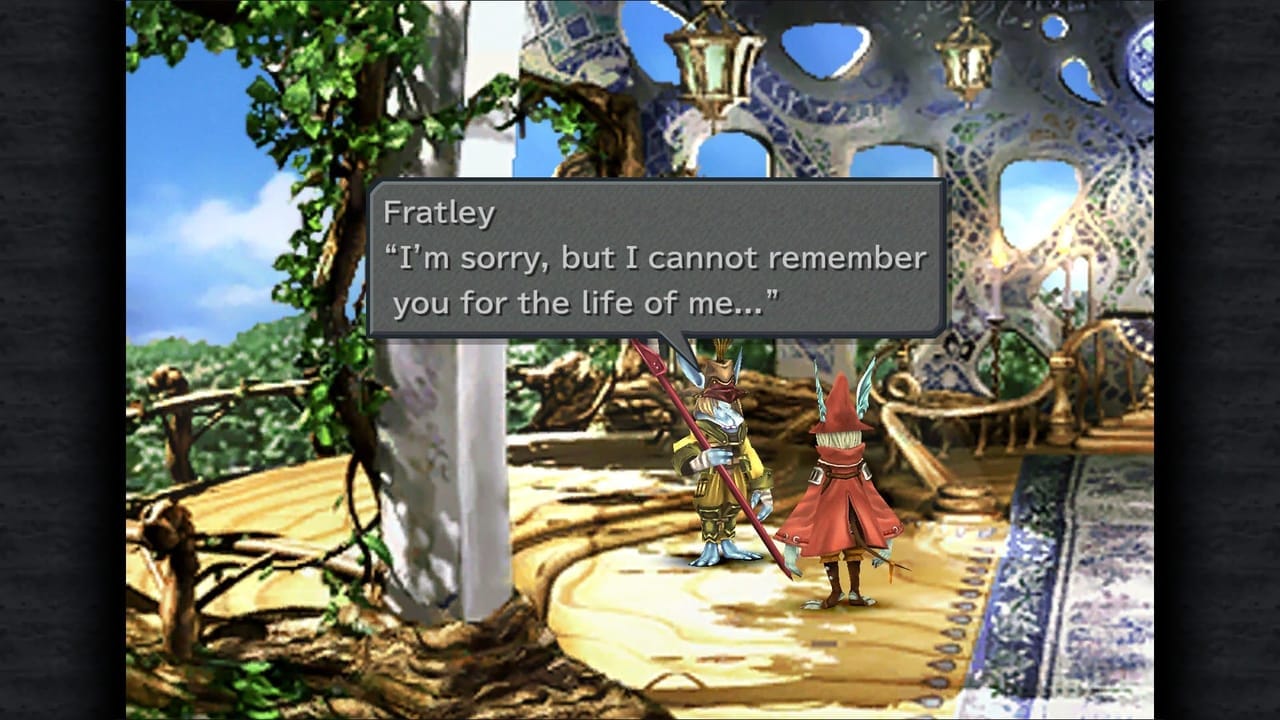
Later on in the story, Zidane and friends go back to Alexandria to rescue Garnet. Then, they try to escape and eventually make it out. They go to Lindblum, where they’re tasked with going to the mysterious Outer Continent by Cid. They want to stop Kuja, the man who is creating all those black mages and supplying them to Brahne for her personal use.
Thus, the team makes their way under an underground route to the Outer Continent to the north to confront him. There, they go to a town called Madain Sari and meet six-year-old Eiko Carol, another summoner. Shocked to discover another summoner, Garnet finds out that she’s originally from this town. Her mother escaped with her as a child following the city’s destruction, and on the boat to Alexandria she died, leaving Garnet in the care of Brahne. Meanwhile, Vivi continues to ruminate on what it means to live and die.
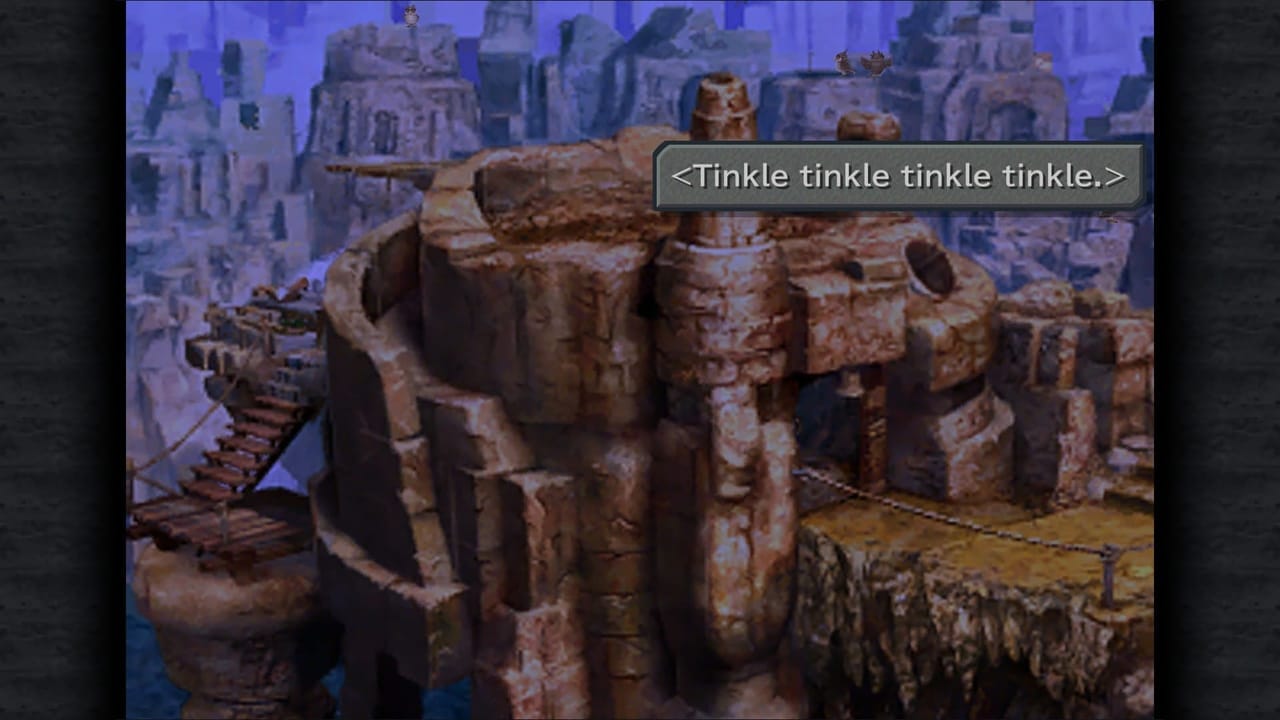
Also on the Outer Continent is the Iifa Tree, a giant tree whose roots on the Mist Continent actually spew and spread Mist. Realizing they must stop the Mist to stop the production of the “soulless puppets” Kuja is making, they attack the tree head-on at its roots. The demon protecting the tree falls, and the Mist is totally eradicated. Hooray!
By this time, Brahne shows up with her fleet of ships on the ocean, summoning the terrifying dragon Bahamut. Not to kill Garnet … but to kill Kuja for trying to double-cross her. Instead, Kuja uses his great power to enslave Bahamut and uses him to completely decimate the fleet, killing Brahne in the process. As she dies on the beach with Garnet beside her, she apologizes for being a terrible mother and prays for Garnet to be a better queen than her.
Thus, Garnet succeeds the throne in Alexandria. Before any sort of peace and relief can come, however, Kuja attacks Alexandria with Bahamut. Once again the city is totally in ruins, hundreds dead and everything aflame. However, Eiko and Garnet feel a strange power and come together, summoning the almighty Alexander to protect the kingdom and vaporizing Bahamut with him. Then … well, remember when I said this was a medieval story that didn’t go super crazy into sci-fi like other entries? I … might have fibbed a little.
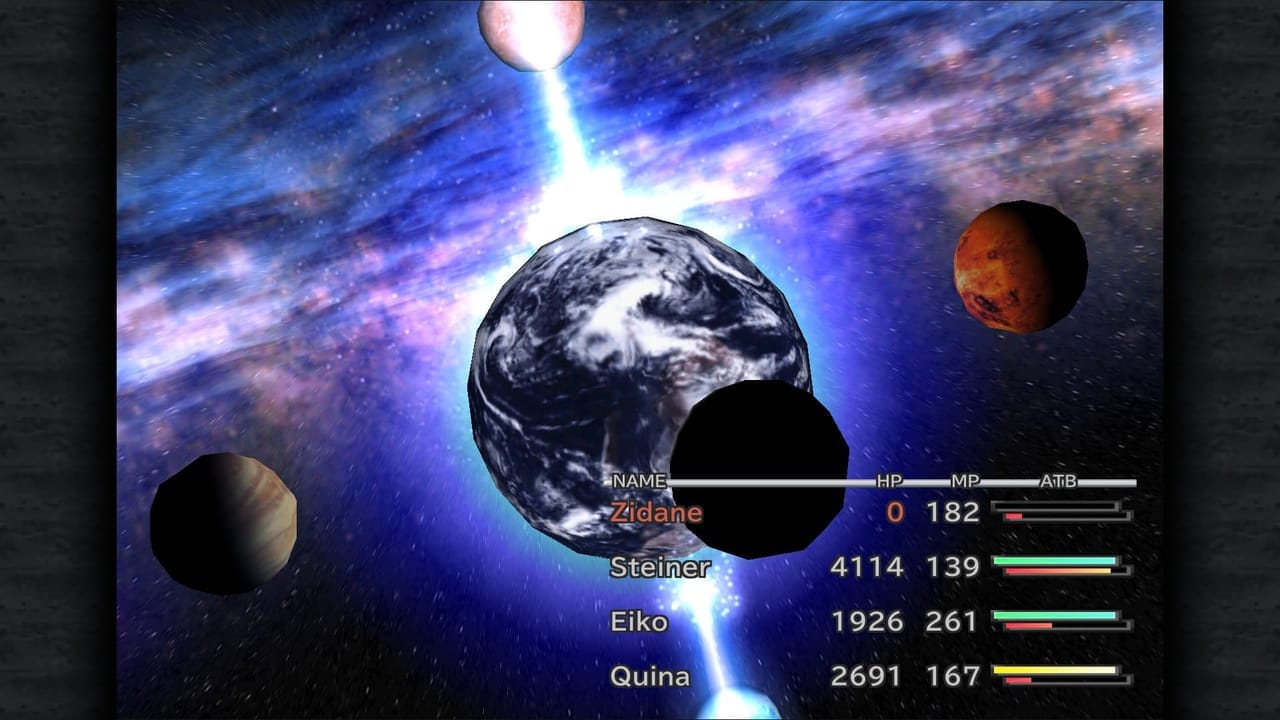
A strange eye in the sky appears to try and destroy Alexander instead of enslave it like Kuja. Turns out, this is part of an airship called the Invincible, headed by Garland, a terrible Darth Vader lookalike. Kuja double-crossed him and thus Garland says he must destroy the man. The team discovers that Kuja is from another planet called Terra. He was sent to Gaia to try to rule it for Garland, but Kuja planned to kill Garland and rule both Gaia and Terra.
Upon discovering this, the team goes about opening a portal to Terra. What they discover is that Terra is actually inside Gaia after a planetary collision countless ages ago. Terra is derelict, the only life being Garland, Kuja and … a race of people called Genomes that look just like Zidane.
Yes, as it turns out, Zidane was created by Garland in Terra, just like Kuja. Genomes are meant to be soulless husks until Garland frees the souls of the dead from Terra to inhabit their bodies following the Gaia takeover. Kuja and Zidane are defects that started life with a soul. When he discovers this, Zidane falls into a moment of deep depression, trying to distance himself from his friends for fear of their safety against the terrible Garland and Kuja.
However, it’s a JRPG, so friendship, and together they all knock down Garland.
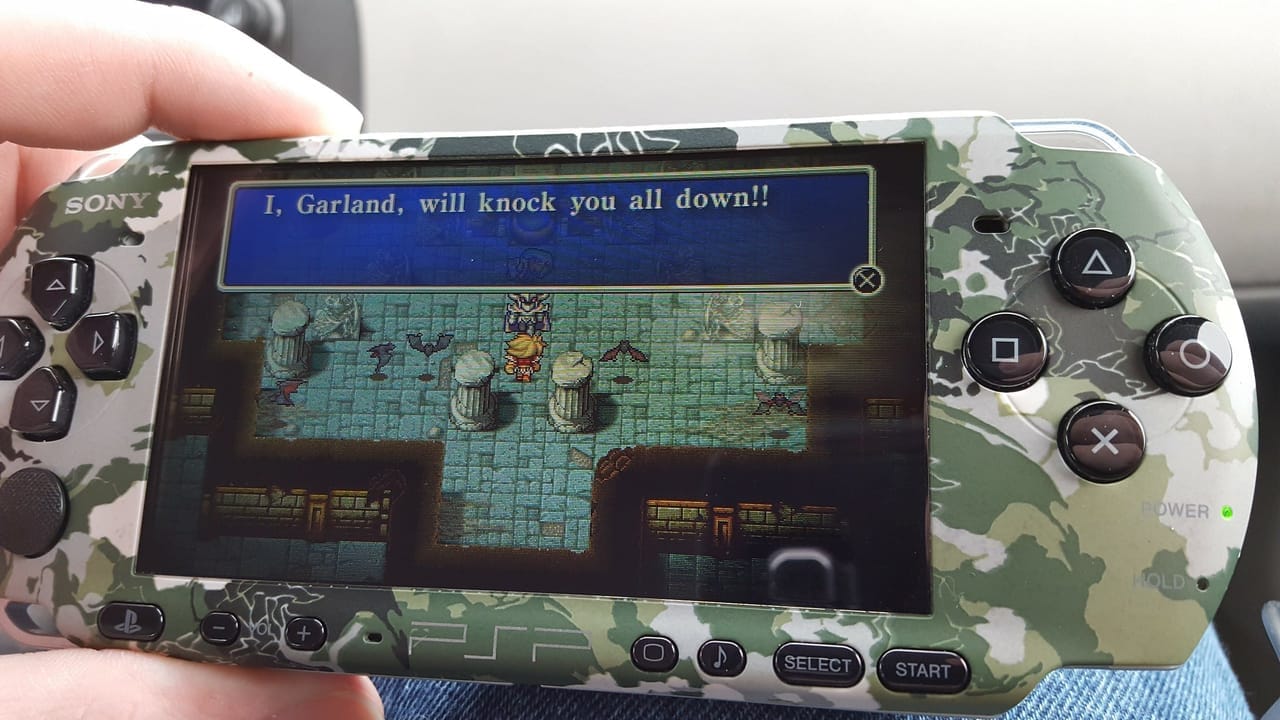
After that, Kuja gets his butt handed to him but he goes into Trance, the gameplay equivalent of a Limit Break brought on by intense emotion that we’ll discuss in a bit. Anyway, before Garland dies, he laughs and explains that Kuja has a limited lifespan that’s almost up. Upon hearing this, Kuja goes insane and starts using his powers to destroy Terra completely. Our heroes barely make it out in time on the airship Invincible, narrowly avoiding death and getting back up to Gaia.
Now, though, all of Gaia is shrouded in Mist. Monsters run rampant, and a glowing portal appears about the Iifa Tree. The party soldiers on into it, going to Memoria, a place built by the memories of those who enter it. There, they find Kuja and a great Crystal, the origin of all life. After handily spanking Kuja, the sore loser casts Ultima and causes damage to the Crystal.
This summons the eleventh hour murder god Necron who comes out of nowhere! A force of death, he explains that Kuja’s actions prove that the world wants to go back to total nothingness. Zidane and his friends fight him to convince him otherwise, and he decides to keep existence as is. Phew!
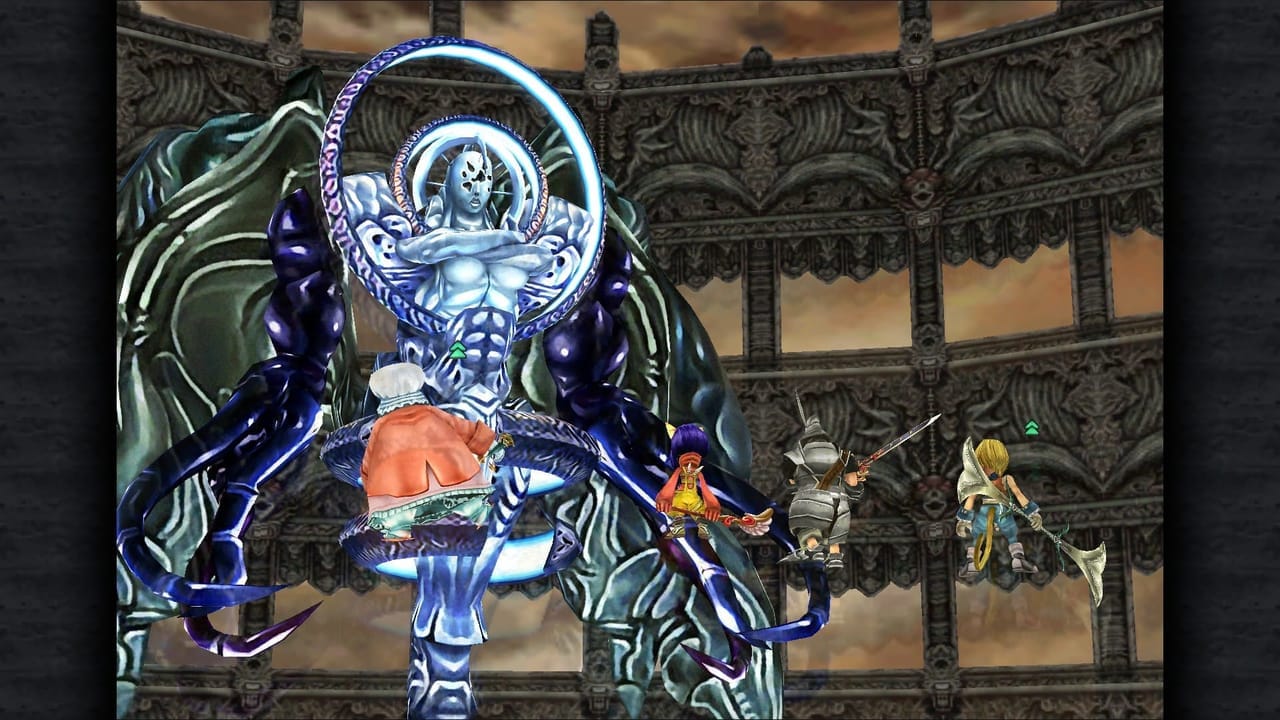
The crew escapes, as the Iifa Tree starts to shoot out giant vines to attack them. Zidane abandons them, however, going back because he can feel Kuja, his “brother," still alive. He reaches him, who realizes his mistakes and understands what it means to be alive, then dies. Zidane is surrounded by vines and presumed dead.
Later on, the same play from the start of the game is playing in Alexandria. Everyone has come to watch, and the hooded figure in the play reveals himself to Queen Garnet. It’s Zidane! With that, she sprints down from her viewing spot and reunites with him. Boom, happy ending!
Story spoilers end here! You can continue reading below!
Sorry I rambled so much about the story! Normally I try to summarize it, but I was really engaged in this one. I loved the characters, the setting, and everything about it. It was interesting to see what Sakaguchi described as his ideal vision of the original Final Fantasy. However, this section isn’t completely perfect.
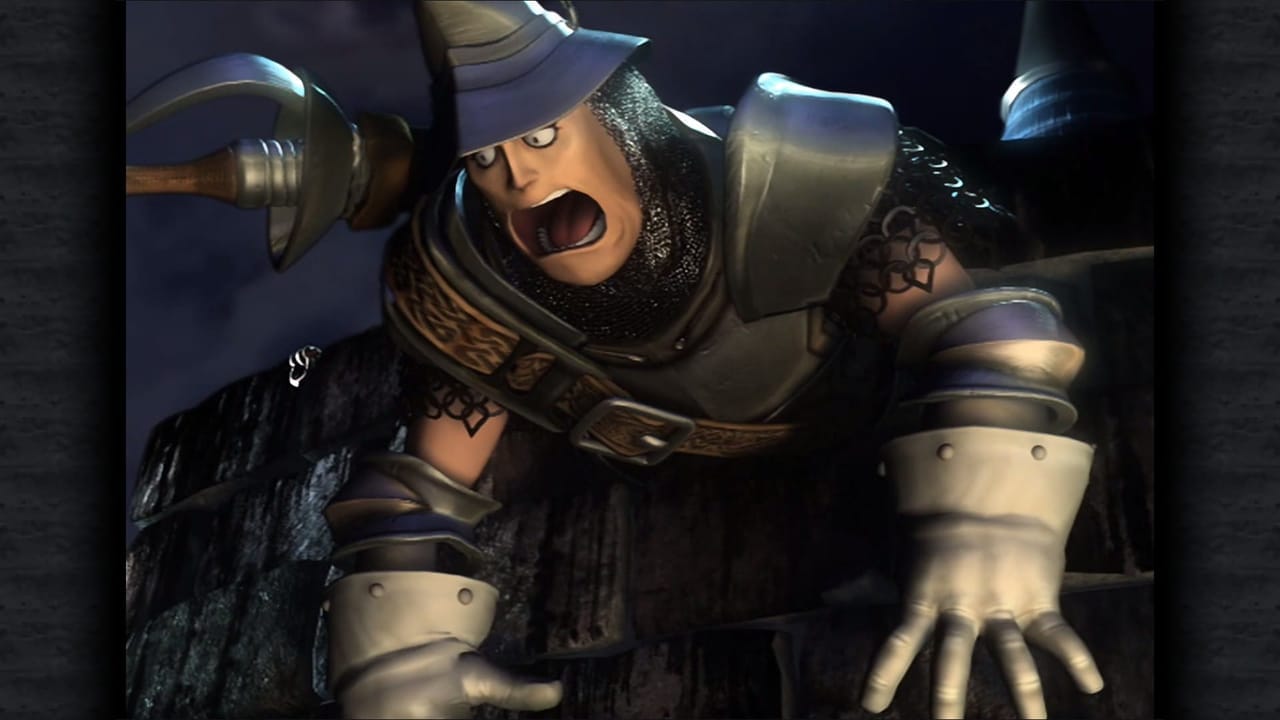
For starters, there are no optional characters in Final Fantasy IX. You must get them all, which is fine with me. The problem is quite simple, though: one of these things is not like the others. Zidane, Garnet, Vivi, Eiko, Freya and Steiner are all deeply explored throughout the story. They’re all very important to the plot in one way or another. Quina is less important, but their backstory is explored through sidequests at the Qu’s Marsh. It’s not a particularly deep backstory, but nonetheless it’s there if you want it.
Oh, whoops. Did I forget to mention this entire time that you also have Amarant Coral on your team?
Yeah, this guy … exists, I guess. He’s hired by Brahne to help kidnap Garnet, and when his partner tries to take Eiko hostage he turns on her because he despises hostage takers. He recognizes Zidane as the guy who screwed him over once in his past, and when he gets his ass beat, sticks around to see what makes Zidane so strong (hint: it’s a JRPG). Literally, that’s it. It’s so obvious that he’s just tacked on to be the token Final Fantasy monk that it hurts.
Aside from that, the Squaresoft-original Third Disc Twist™ of the game is interesting. That being said, it doesn’t feel nearly as organic as others in the series. I get that it’s meant to be a huge contrast between one culture and another, but it feels like the game is stumbling over itself to find a big bad. First it’s Brahne, then Kuja. Alright, so far so good. But then it isn’t Kuja, it’s this guy! But no! That guy gets killed and it’s Kuja again! But then!!! At the eleventh hour, the final boss of the game is … this … guy that shows up, I guess. It feels really underwhelming after a while. This makes sense, considering in an interview they said they switched the ending seven times before deciding on this one.
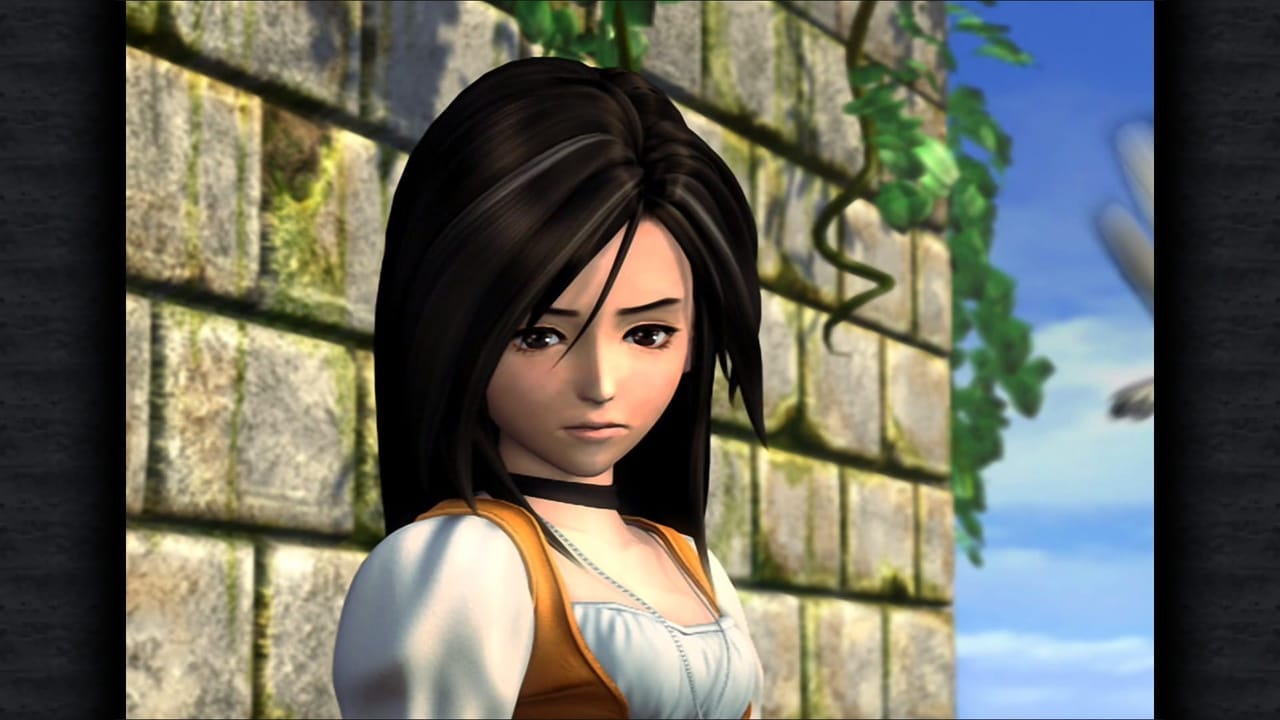
Other than that, I felt the story was fine. It had some great character development, even for a Final Fantasy game. Vivi in particular I felt had one of the strongest character arcs I’ve seen in the series. I loved him and found myself totally engrossed in his story. In a story where everyone has suffered devastating loss at some point, seeing Vivi come to terms with his life and his heritage is incredibly poignant at times.
Final Fantasy IX, aside from a few missteps, had an excellent story throughout. It was full of highs and lows, joy and sadness, and surprisingly adult themes about life and death. Amarant aside, everyone got decent to amazing character growth, and I really enjoyed watching the struggle of these characters. That happy ending was well-needed after all the suffering through the game’s plot. You earned it, Final Fantasy IX!
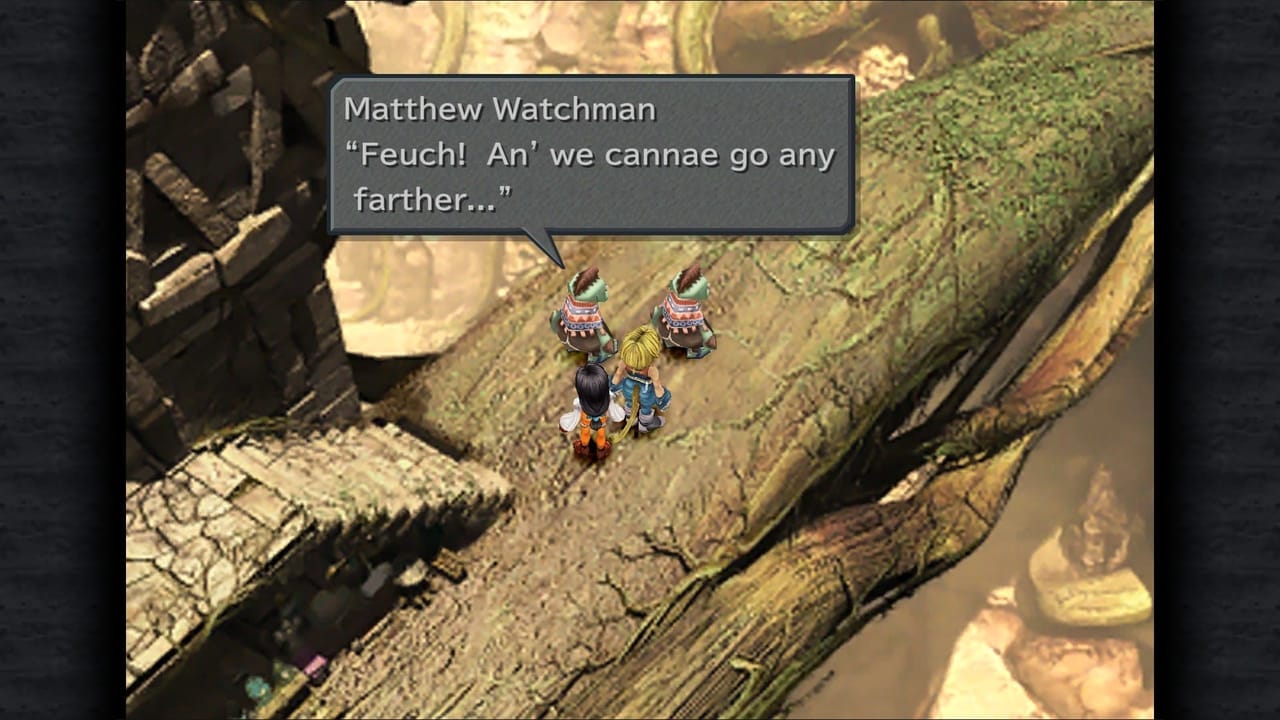
Graphics
“To hell with looks. It’s what’s inside that counts.”
After the more realistic approach to graphics in VIII, Final Fantasy IX decided to try a slightly more cartoony look. This helped characters feel much more animated overall, which I thoroughly enjoyed. It makes it really easy to tell how anyone is feeling at any given moment. Everyone is colorful and vibrant in their own way, making it very easy to identify any character at a passing glance. The differences in size, shape, or build of each character makes the cast feel diverse and unique.
On top of that, the enemies are pretty crazy as well. Whoever designed Kuja must’ve had a field day, for starters. He’s so over-the-top with his outfit that it makes him stand out the most of all characters in the game, as I feel a villain should. Everyone in the game looks so interesting and unique, I just love it!*
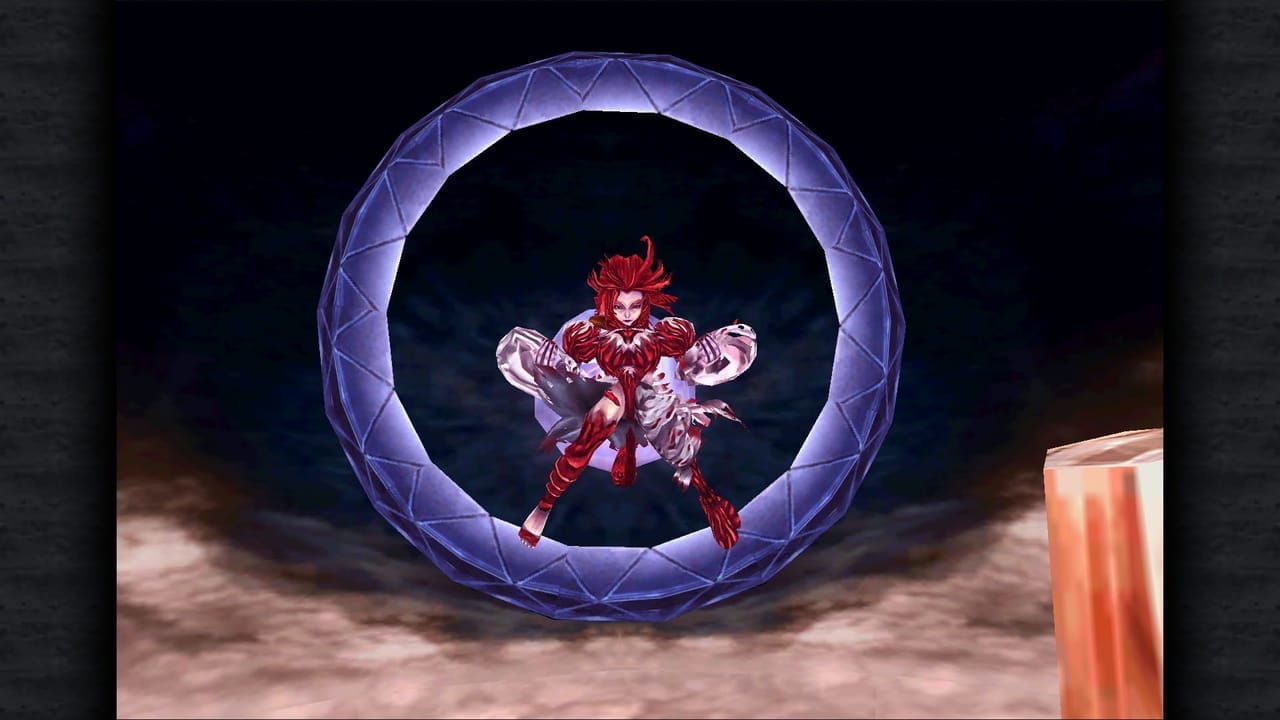
The environments of Final Fantasy IX are simply gorgeous as well. The prerendered backgrounds used in every PS1 main title are back, and the artists really outdid themselves this time. Every screen is bursting with detail and color. I can only imagine how long it would take to make art like this. It’s fantastic! Thanks to this art team, every single location jumps out with its own personality and really helps draw the player into the world of Gaia.
Animations are much more fleshed out this time, too. Zidane specifically has tons more animations in-game than in previous titles, and the other party members also have more. It’s nice to see them able to emote so well.
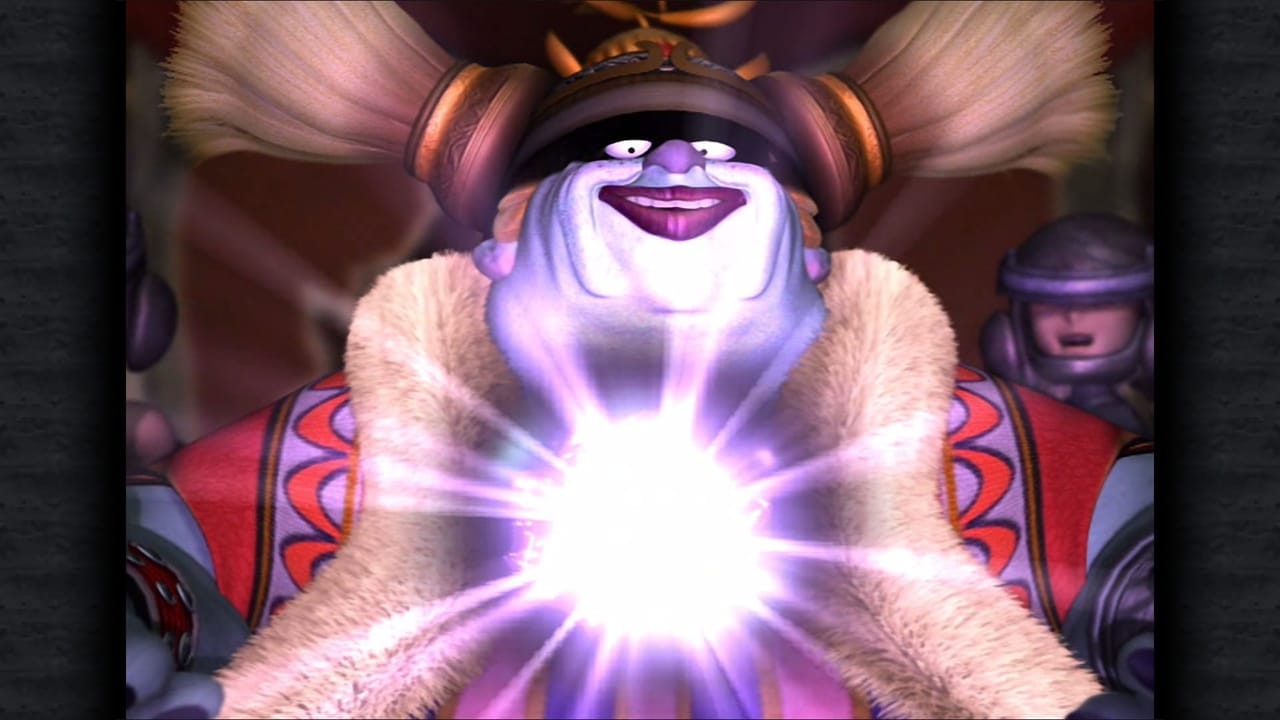
The only complaint I have about the graphics of Final Fantasy IX is the framerate. It runs at a locked 30fps, which I don’t mind at all. It’s a PS1 game with its battle system tied to framerate—I can live with that. However, for some reason the overworld chugs at a solid 20fps. There doesn’t seem to be tons of detail bogging the system down, which makes it feel like a design choice, but I don’t understand why. It feels a lot choppier than the rest of the game as a result.
Other than that, I can say that Final Fantasy IX has wonderful visuals. The models are detailed, the environments are eye candy, and the framerate is stable (even if that “stable” is 20fps on the world map). No other complaints here!
Sound
“I’ve never heard a song like that before...”
Nobuo Uematsu went on record to say that Final Fantasy IX was his favorite soundtrack to work on in the entire series. He had the most fun making it, and I can feel that shining through. It’s excellent at setting the mood of any scene, whether happy, tense, or sad. He took some inspiration from his previous games, but he also wanted a more medieval theme for some tracks to match the setting. Hence how we get such classics as the sad Freya’s Theme:
https://www.youtube.com/watch?v=sruL8SNB32c
Or other medieval-inspired themes such as Cleyra Settlement:
https://www.youtube.com/watch?v=kOjDwfPLRW0
This isn’t the entire soundtrack, of course. Final Fantasy IX has some excellent mood-setting themes. Consider the theme for the ever-imposing Kuja, for example:
https://www.youtube.com/watch?v=W60UxvUh83g
Even if you don’t know the man, you can guess exactly the type of person he is just by that one single track. Uematsu is a master at tying character personalities and stories to their themes. For a more upbeat example, check out one of my favorite character themes in the game, this one for Quina. The gourmand is big, kinda doofy, talks weird, and most importantly is extremely excited to adventure around the world:
https://www.youtube.com/watch?v=U2Pebp4Eudw
This time around, the boss battle theme wasn’t nearly as excellent as others in the series. It isn’t bad by any means, but it just doesn’t reach the highs of others for me. The final boss battle theme, on the other hand …
https://www.youtube.com/watch?v=bahMeycMihw
My god, did Uematsu really have to add all the moans and cries of the damned? You want to talk about setting the stage, this is how you do it. It manages to be exciting and fast, but still mysterious and strange with the heavy use of synthesizers to accentuate the otherworldly battle.
The music in Final Fantasy IX is quite honestly outstanding. I can’t say for sure if I like it more than Final Fantasy VIII’s, but I think I like it more than V’s now that I’ve played this through for the first time. At the very least, I can say with certainty that Final Fantasy IX’s soundtrack hits some exceedingly high points for me, and it leaves me wanting more!
Gameplay
“YOU CAN’T WIN JUST BY RUNNING! A GOOD OFFENSE IS THE BEST DEFENSE! ATTACK!”
I hope you like the ATB system, because this is gonna be the last time you see it for a month or so. We’ll get to that in September, but Final Fantasy IX brings back the popular battle system for one last hurrah. As you’d expect, the bar fills, you do an action when that happens. Standard stuff by this point.
However, I’ll get this gripe out of the way right now, the ATB in this game is so slow it hurts! Compared to VIII being pretty snappy with its fast-paced combat, Final Fantasy IX feels like it takes ages for the bar to fill unless you have Haste. Once I got past that, I was okay though. You get used to it after a while.
Anyway, each character has a unique ability they can use. Zidane can steal and use thief-related skills, Vivi can use Black Magic, Steiner can learn sword techniques. Eiko and Garnet are both white mages and summoners, but each can learn unique summons and white magic spells. Amarant can throw items and use monk skills like Revive and Chakra. Freya can jump with her spear and use Dragoon techniques. Finally, Quina is the Blue Mage, who learns skills a bit differently this time around. Instead of getting hit by a spell, Quina must ensure the enemy is low on HP and use their Eat command, killing the monster and absorbing the spell in the process.
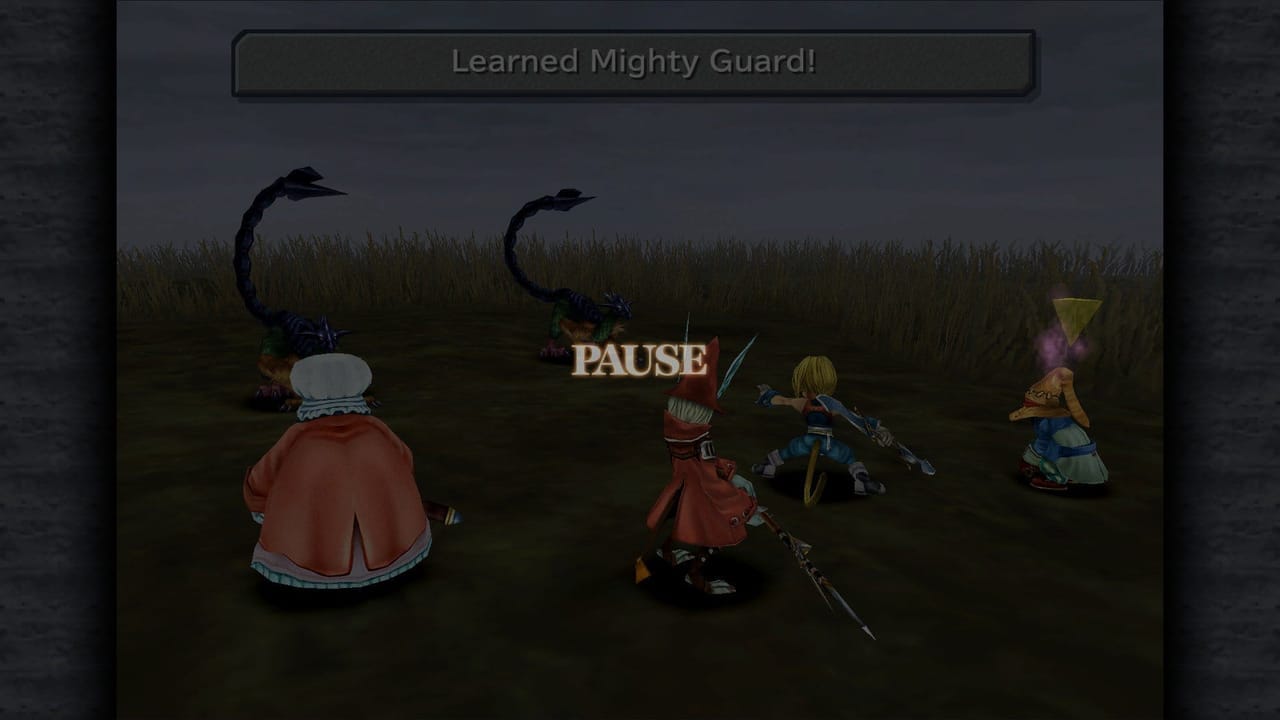
However, in one instance these can combine for a cool effect. When Vivi and Steiner are in a party together, Steiner gains the Sword Magic ability. Using his own MP, he can infuse his blade with any spell Vivi knows for a single attack. This is very reminiscent of the Mystic Knight from Final Fantasy V, which I thought was awesome as I loved that job.
One major issue I have with the gameplay in this game, however, is the spell usage. Shell and Protect feel nearly useless in this game as they hardly last long enough to matter. Hell, it feels like when I’m casting protect one at a time on the party, it runs out on the first person before I can finish casting on everyone! Thankfully, you get Mighty Guard for Quina as early as the field outside where you get her, so that helps, but even then I honestly don’t believe Protect and Shell last more than a minute each. It’s incredibly annoying, especially compared to other games in the series.
Now, something a little different than the Limit Break system this time is the Trance system. When someone’s Trance bar fills, they become superpowered for a bit. They do more damage and/or gain enhanced abilities for the duration of their Trance, which depletes in chunks after every action.
For instance, Vivi gets a doublecast, as does Eiko. Garnet can summon an eidolon like normal, except it’ll periodically recast itself for free throughout Trance. The nice thing is, the game allows you to shorten summon animations, but Trance forces you to watch the whole thing. While annoying after a while, it has the added benefit of doing extra damage for some reason. Freya can stay in the air throwing down spears for the duration of her Trance, etc.
There’s one issue I have with Trance, and it’s pretty major. You can’t always rely on it, as you can’t control it. It makes sense in regards to the story (it activates in moments of intense emotion), but in gameplay it’s a matter of getting thwacked at the wrong time right before a boss, activating Trance, and losing it for the upcoming fight. I found it best to just ignore it, and if you got Trance at the right time, fantastic, good for you.
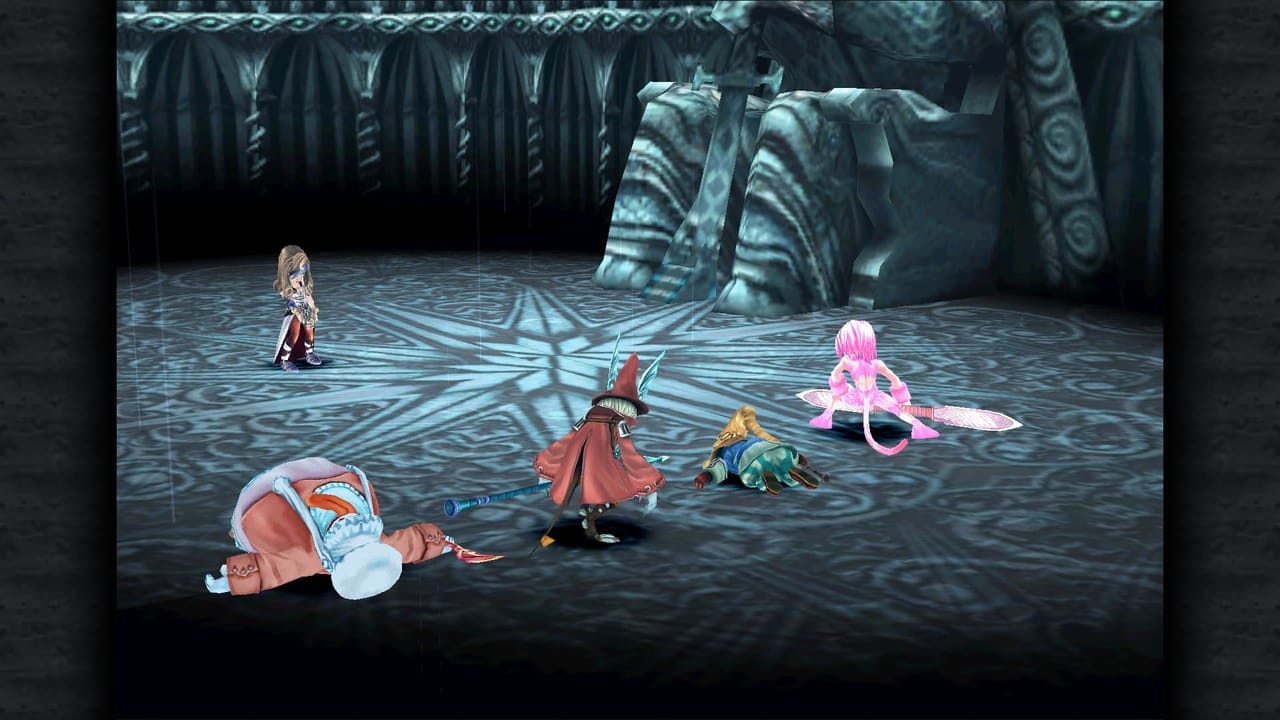
Other than that, the other major change is the Ability system. To learn your characters’ abilities, you have to first equip your armor and accessories. Why? Because each piece of equipment has certain abilities “tacked onto” them. When you equip them, you gain these abilities. As you fight enemies, you get EXP and AP. When you have enough AP, you master those abilities and can use them even without equipping that armor. Not all abilities apply to every character, so you gotta be smart about constantly switching your armor and weapons if you want the most abilities. It’s like a neat mix of the FFV job/ability system and the FFVI Magicite system. I liked the unique flavor it brought to the game for sure.
With those two major changes, then, the basic gameplay doesn’t change all too much from what you’re used to by this point with the ATB system. Even outside of battle, the gameplay is more or less the same. The newest addition to your average shops, however, is the Synthesis shop. Using two items, armor pieces, weapons, or accessories you have and some gil, you can make a new thing. This is an easy way to get good weapons and armor early on, so make sure you keep everything you find or buy. Don’t ever sell something—you never know when you’ll need it!
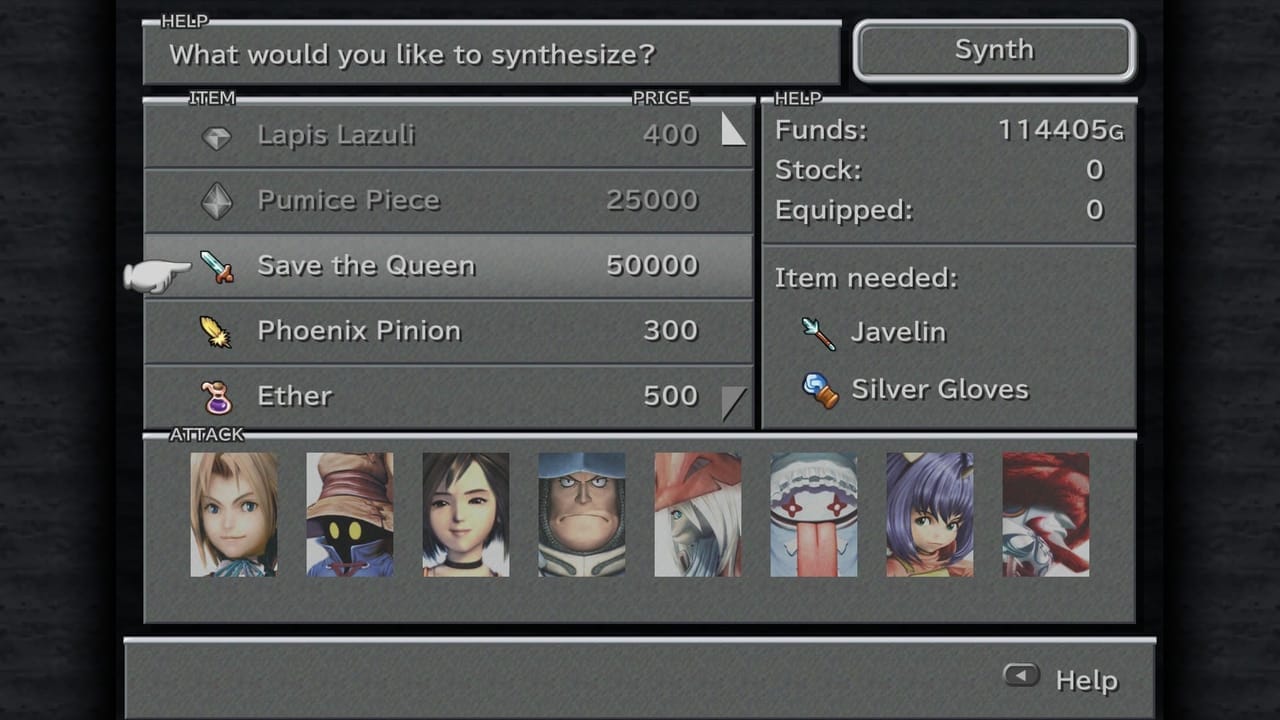
Overall, I like the gameplay changes in Final Fantasy IX. For as annoying as accidental Trance is, it’s nice that it expands your movesets and changes them drastically as opposed to just doing another cool move that does lots of damage. The Ability system is cool as well, and I wouldn't mind seeing it again sometime.
Extras/Replay Value
“Maybe she’ll reward me with a kiss or two if I try hard enough.”
Apparently, I missed a lot of stuff on my quest. My friends who are much more familiar with the game let me know I had to go try some stuff just so I could populate this review with content! Good thing, too, or I would’ve missed a solid portion of the game!
First and foremost is the Chocobo Forest. Here, you can get your very own chocobo to travel the world with! When you get it, you can start playing a game called Chocobo Hot & Cold. Here, you pay 60 gil to have 60 seconds to dig around an area with your chocobo looking for stuff. You may find some gil, some items or rare items called chocographs. These chocographs lead to places on the world map that you can find and dig to find treasures. This is an easy way to get lots of rare items as well as how you eventually get some ultimate weapons.
Another entire area I missed is a town called Daguerreo, an isolated island town in the lower corner of the four continents. In this giant library, there are some decent shops, some items, and a quest to receive Excalibur. This is one of Steiner’s best weapons in normal playthroughs of the game. We’ll get to what I mean in a second.
Before that, if you wish the card game in FFVIII were ten times more confusing and cumbersome than it was, have we got the game for you! Tetra Master is a new card game with all-new rules, completely different than Triple Triad. Instead of a 3x3 board, it’s a 4x4. The name of the game is still to capture cards and have as many as possible on the board by the end of the game to win. How to do so is anyone’s guess! I don’t need to take a class to understand a card game, thanks very much.
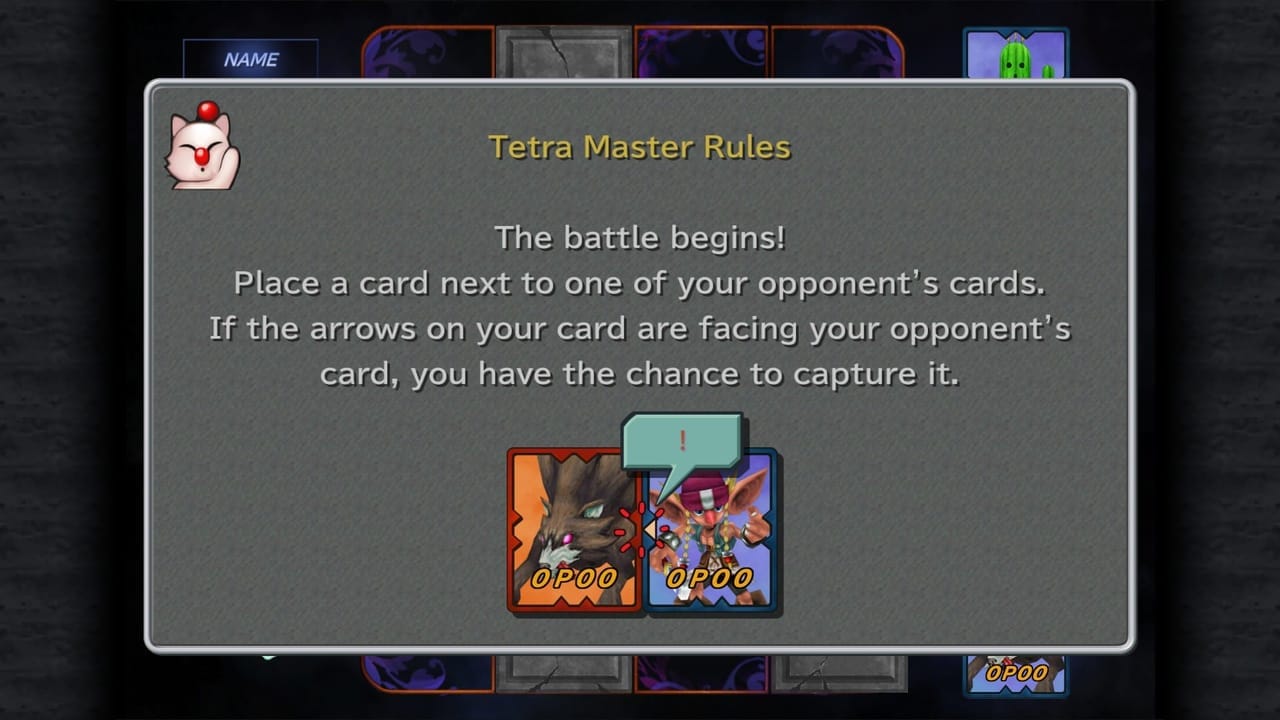
Another big sidequest in Final Fantasy IX is the expected superboss. This time around, the monster to kill is Ozma. This monster is absolutely awful, and perhaps the most luck-based of all the superbosses to date. It’s not an entirely luck-based fight, but it certainly helps to have lady luck smiling upon you. This guy is infuriating, no doubt! I didn’t have the stones to take him on, but man, having seen videos of the fight, I commend people that do. It’s horrifying.
Now, previously I mentioned Excalibur being one of Steiner’s best weapons in normal play. However, it’s not his strongest weapon! That honor belongs to the aptly-named Excalibur II. How do you get this bad boy? Well, easy! Just get to the end of the game. So why don’t I have it in my inventory?
Oh, I’m sorry, I meant to say get to the end of the game in under twelve hours.
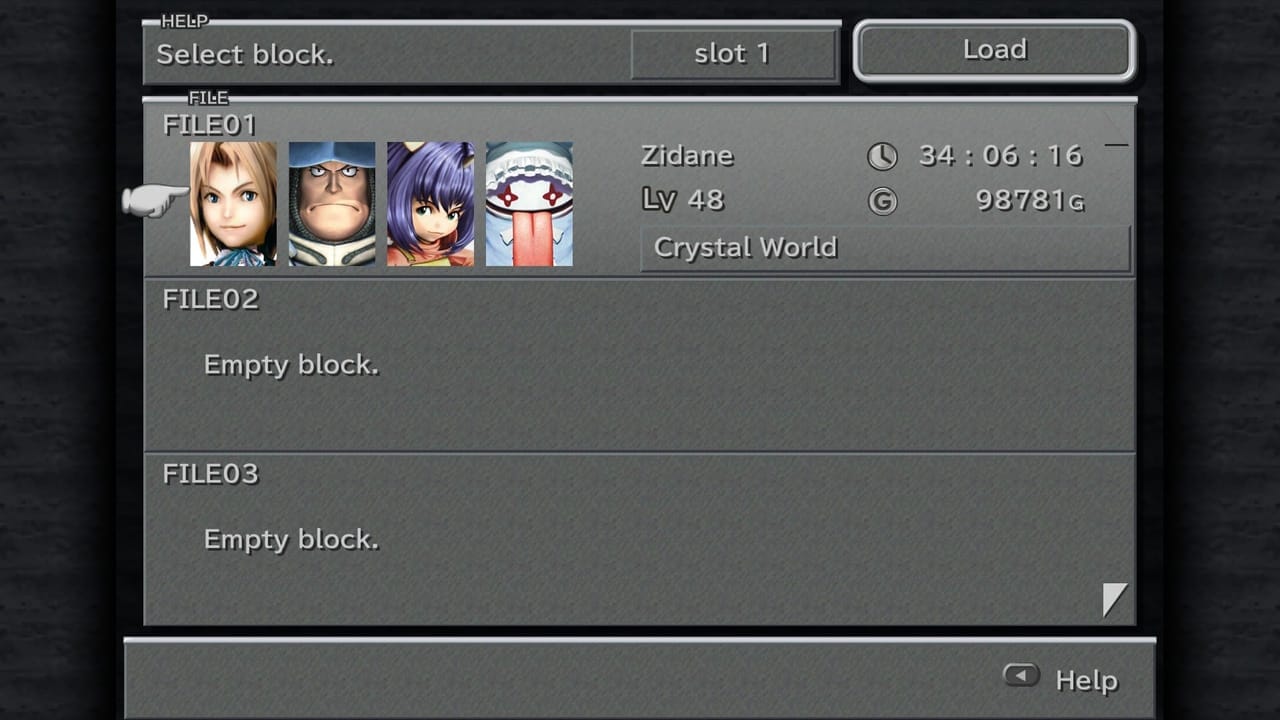
Needless to say, I will not be partaking that particular challenge anytime soon! I suppose it would’ve made this review come out much sooner though…
Aside from that, there are plenty other little sidequests going on throughout the game to explore and find. It’s worth exploring the world thoroughly to see what you can find!
The Final Word
“This year’s show is splendid!”
Now that I’ve played Final Fantasy IX through for the very first time, I can safely say that I had a lot of fun with it. I was totally enthralled with the characters and their story arcs. It was satisfying story to go through in nearly every sense. The myriad twists shocked me at times, I was emotionally crushed and overjoyed at points, and each of the characters (Amarant notwithstanding) had me rooting for them every step of the way.
The visuals weren’t particularly stunning to me now, but they were very aesthetically pleasing regardless of their age. Vivi man, Vivi’s too darn cute! The nice visuals work well with the excellent score by Nobuo Uematsu, which set the tone of every scene with perfection. The various gameplay changes and extras to do all weave together to make one fantastic Final Fantasy!
Final Fantasy IX was a great experience to play through. Of the three Playstation titles, I have trouble placing it. I definitely enjoyed it more than I enjoyed Final Fantasy VII this year, and I liked the story and characters more than VIII. However, at the same time I feel like I may have enjoyed the fun of the Junction system wrecking the gameplay of VIII more. I still feel IX edges it out for the top PS1 spot in the end, though. I'm glad they ended the PS1 era on a high note. Now, let’s see what the future holds for us as we step into a brand new generation.

Have a tip, or want to point out something we missed? Leave a Comment or e-mail us at tips@techraptor.net
